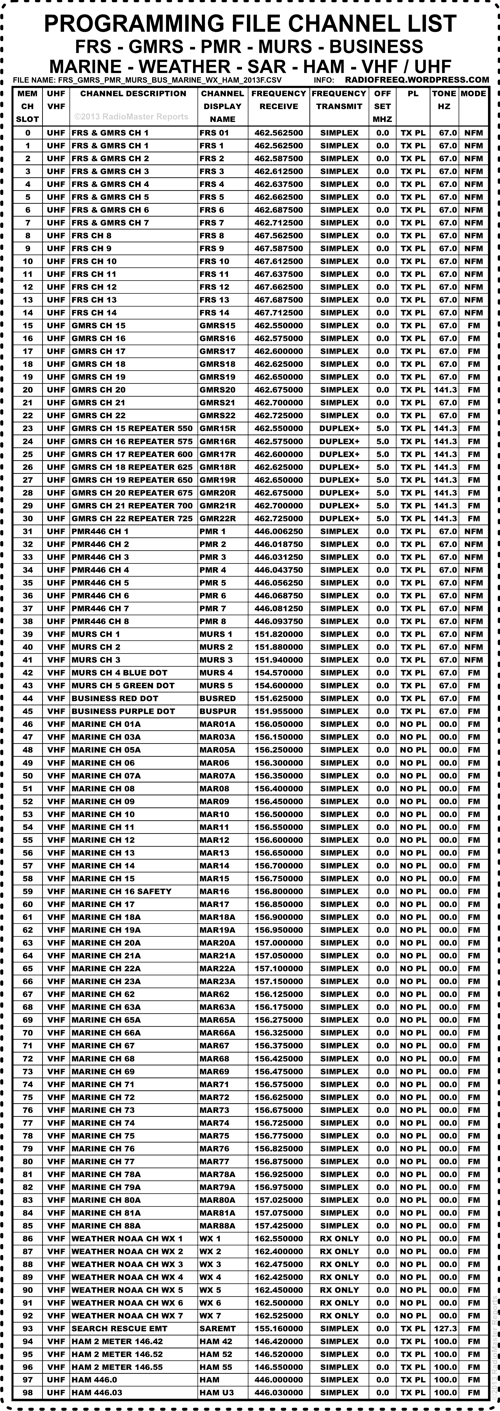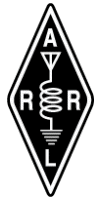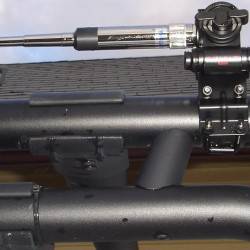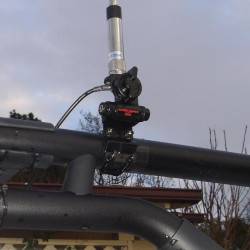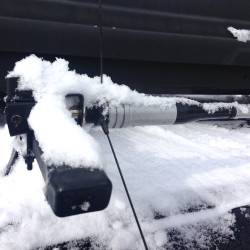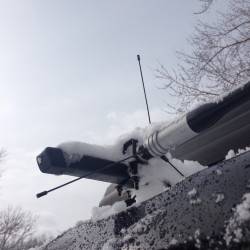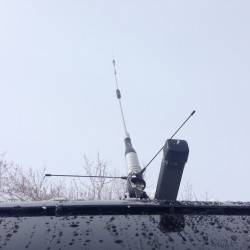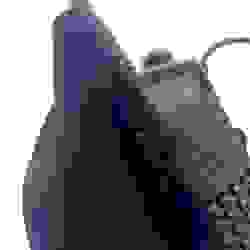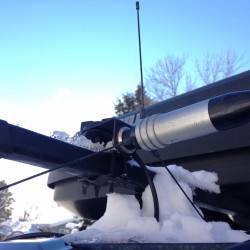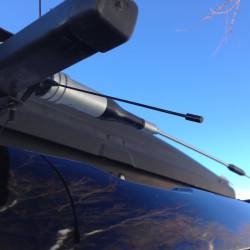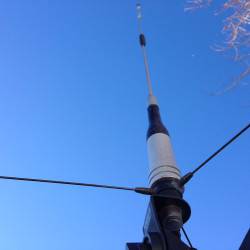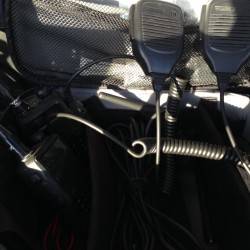Tech Tip: Comms in the Backcountry
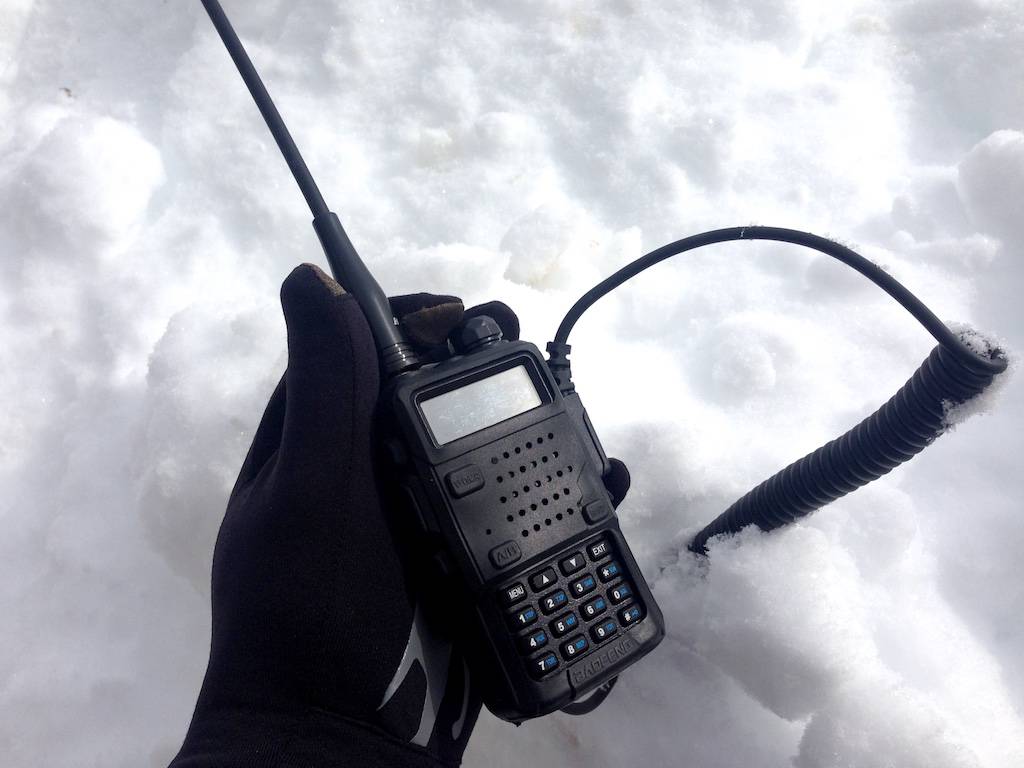
I often emphasize routine in the backcountry. That routine should include solid communication plans, both within the group, and if an emergency arises, external communication.
First let’s look at a defining difference between communications. Later I will delve in to some advanced radio topics that people may find useful for their own backcountry needs.
One-way vs. Two-way Communications
Note: Before I start, I need to say it — please do not construe an avalanche beacon, for a Personal Locator Beacon. They are two completely different things! There I said it..
A Personal Locator Beacon (PLB) communicates one-way on 406 Megahertz (MHz) to a constant group of government satellites known as the COSPAS-SARSAT system. This satellite system is currently comprised of two types of satellites, Low Earth Orbit (LEOSAR) and High Earth Orbit (GEOSAR). These operate very different from the commercial SPOT devices. I wrote a very in-depth article regarding the difference between SPOT and PLB. A PLB is an excellent last line of defense incase of an emergency.
PLB’s allow SAR to pinpoint your location without a grid search, and once deployed it is almost instant. However, most emergency PLB’s communicate only one way: from the unit in the field to a satellite. The downside to one-way communications is that consequently, there is no indication on the unit in the field that sent messages are being received. PLB’s do not tell SAR the exact nature of the emergency or provide other vital information. In contrast, two-way communications includes satellite phones, cell phones, and radios.
Inter-group vs. External
PLB’s as mentioned above provide a solid distress signal to external sources. However, they do not communicate within a group. Inter-group communications are critical and usually comprise of two-way radios. Let’s face it, cell phones aren’t too reliable in the backcountry.
Radios
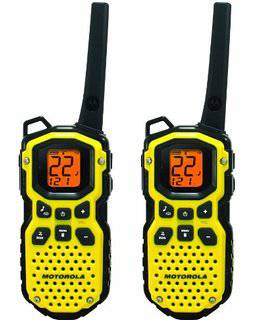
GMRS/FRS radios
In general, the over-the-counter GMRS/FRS radios have been introduced with 22 channels. On this type of radio, transmitting on shared FRS/GMRS channels 1–7 requires a license if using more than 0.5 watt. Channels 8–14 are strictly license-free FRS channels. Transmitting on GMRS-only channels 15–22 requires a license. It is the responsibility of the radio user to read and understand all applicable rules and regulations regarding GMRS. These hybrid radios are often referred to as “bubble pack” radios, since they are often packed in a plastic shell, for hanging on a display shelf.
BCA BC Link™
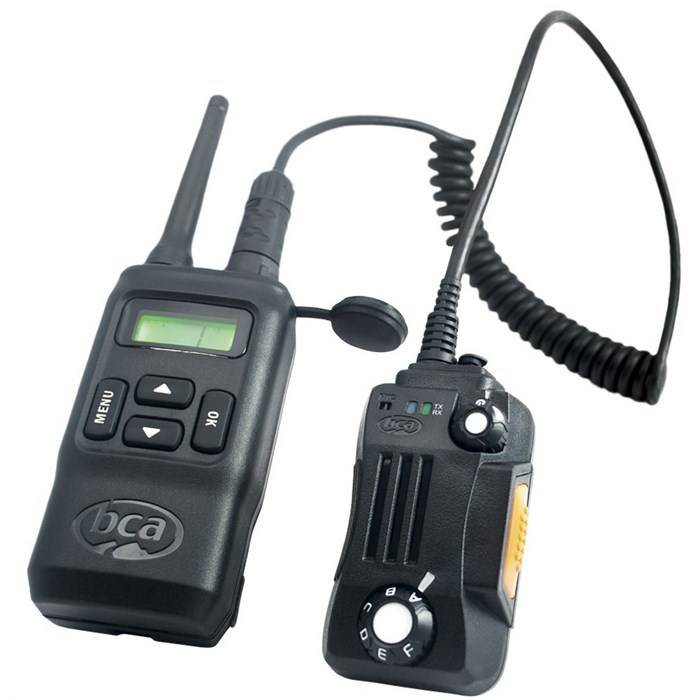
I should mention here the BCA BC Link™ class of radios, because there is often confusion. The BC Link™ is a typical GMRS/FRS radio, and is compatible with those limited frequencies. Power output is 1 Watt for GMRS (more range, but shorter battery life), and .5 Watt outage for FRS (less range, longer battery life). It’s important to note these are basically GMRS/FRS radios with nothing more than a hand-mic repacked for backcountry skiers and riders with a nifty price-point. You can purchase the same hand-mic or VOX for any ‘bubble pack’ radio and have essentially the same setup.
The downside to the FRS/GMRS class of radios is that they cannot be programmed for other frequencies or reach external resources. They are essentially for communicating within a group, and typically not much more than line of sight. Although bubble pack radios often tout “35 mile” ranges, these are in unobstructed, clear line of sight scenarios. The reality is that this distance is shortened a great deal in the mountains, and is usually an average of a half mile. This is especially true in terrain features and trees.
UHF/VHF Radios
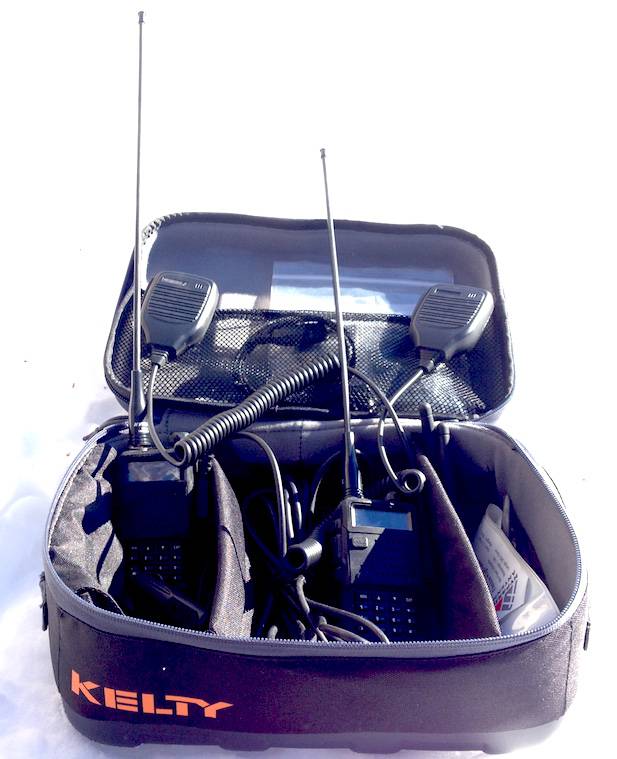
VHF/UHF Ham radios can combine the best of both worlds: Intergroup communications, as well as external communications. However, in order to use the UHF/VHF Ham frequencies you are required to have a Technician, General, or Extra FCC license. Do not attempt to operate a Ham radio without a license, and please don’t be eluded to think that you will not get caught if you operate without a license. I can assure you if you operate a HAM radio without a license, even in the backcountry, you are rolling the dice with hefty fines.
SAR / Wilderness Monitoring Protocol
Wilderness Monitoring Protocol
The Wilderness Protocol suggests radio operators should monitor standard simplex channels at specific times in case of emergency or priority calls. The primary frequency monitored is 146.52 MHz; secondarily or alternatively 52.525, 223.5, 446.0 and 1294.5 MHz respectively.
Monitoring: Every 3 hours from 0700 Hrs ..from the hour until 5 (five) minutes past the hour.(Ex: 7:00-7:05 AM, 10:00-10:05 AM, …, 10:00-10:05 PM).
Alternate Timing: 0655 to 0705, Etc 5 before till 5 after..
Note: 146.52 is a calling frequency…. establish contact, and then move off the frequency so others can use the frequency. Suggested frequencies to move to; 146.55, 146.43, etc.
SAR
For EMERGENCY ONLY, SAR is a service channel for Search and Rescue (SAR) or Emergency Medical Technicians (EMT) . The primary interoperability channel in U.S. for SAR is 155.160 MHz FM simplex.
This is a very important channel to keep clear for emergency purposes, and should never be transmitted on for non-emergency communications!
The purpose is to provide mobile, HT, and base communications for field operations of land or ground search and rescue teams, ambulances, and medical personnel at the scene of incidents. It is identified in the list as the channel name SAREMT.
I am not recommending or even implying that it could be used as a valid means of contacting help in an emergency, as that would be negligent. This frequency is not monitored unless there is an emergency.
There aren’t many places in the U.S. that you can’t hit a 2-meter repeater. Despite the Litz (Wilderness Monitoring Protocol), you shouldn’t have to resort to that method, but it’s a good channel to keep stored in your HT. I would recommend knowing what repeaters are available in your area. There are many wide coverage repeaters available but you need to know the frequency, offset and CTCSS tone (if any).
CHIRP Programming Software

The fastest and most efficient way to program frequencies in a Ham radio is to use a program cable. I use the Chirp software which is convenient, popular, and open source. With a USB-to-Radio cable you can modify and if necessary add some of your own frequency channels and load the file into your HT radio using a csv (Excel spreadsheet) file.
While it is possible to establish comms and pre-program official SAR, law enforcement, NPS & USFS repeaters, or various LEO’s. You need to check permissions locally in advance. I have had several repeater frequencies supplied by USFS & NPS for monitoring. These frequencies should only be used in a life-threatening emergency.
GMRS/FRS/PMR/MURS/Marine/Weather/SAR Frequencies
Again, it is an FCC violation (FCC Section 95.129) to use GMRS/FRS frequencies on a typical HAM radio because these frequencies are only to be used at lower output wattages. Can it be done? Of course. Legal? No. Here’s what I am not going to do; I’m not going to post the actual programming sequence publicly (RX and TX tones for MURS, GMRS, etc). If you want more information on this get a license and / or join a local AARL. It’s not the scope of this article to get in to the wormholes of frequency programming. I just want to illustrate that it can be done easily if you understand the basics of radio operations.
If you are going to freeband on UHF and VHF in the U.S. without a license (and I do not condone this) use the MURS frequencies and not the GMRS, FMRS, or other frequencies. You will be less likely to interfere with other licensed traffic.
Here is a printable list of the GMRS/FRS (and MURS) frequencies commonly used on 22 channel FRS/GMRS dual service radios.
AARL
I would encourage any regular backcountry user to get a HAM radio license. The possibilities are fairly endless as to what you can do. For instance, in the month of July I help out at an aid station for the Hard Rock 100. We not only use the radios to track runners, we also have the capability of transmitting ‘packets’ — which are essentially bits of information. This get’s beyond the scope once again, but with packets you can send files via an iPad, and with certain setups access the internet. It just gives you an idea of the possibilities. You can find local clubs and testing centers at AARL — www.arrl.org.
Backcountry Setup
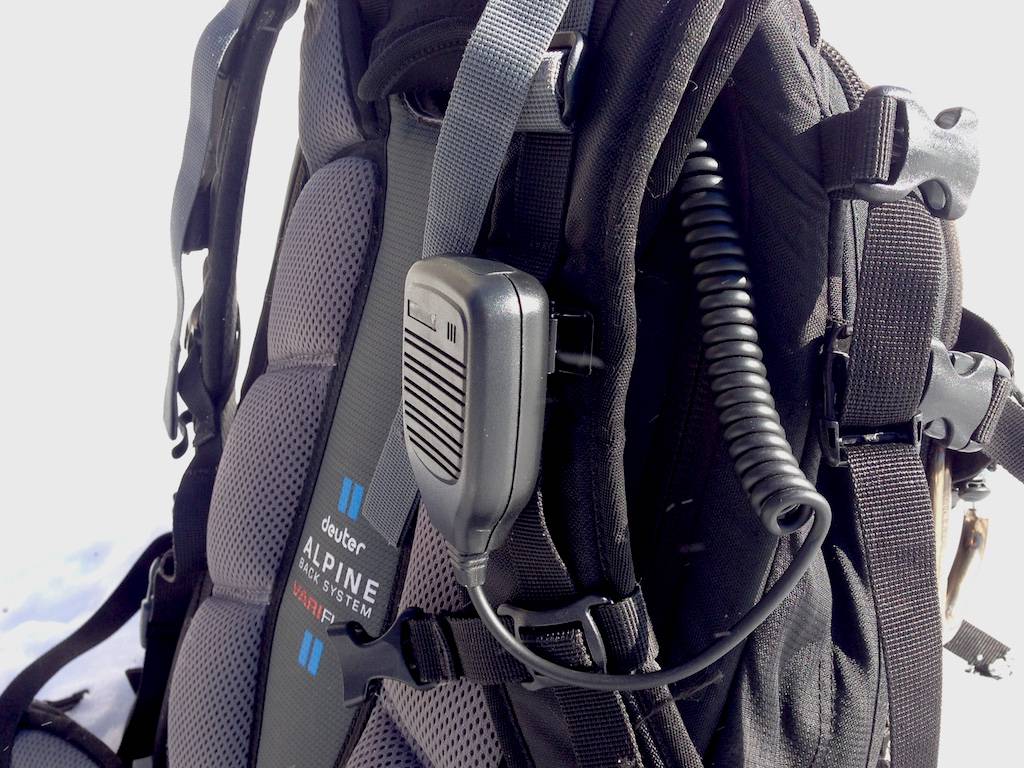
So, what exactly do I use in the backcountry? I use an 8 watt handheld (HT) with a 15″ whip antenna. I keep the actual radio with whip antenna in the pack, and use a hand mic to decrease possible interference with my avalanche beacon. Depending on where I am going, I may also pack a lightweight Yagi antenna to increase directional coverage.
I have a set of frequencies for inter-group communication. These frequencies are for chatter within the group and to discuss what type of micro-brew we are going to enjoy later in the day. I also have programmed multiple repeater channels (such as Colorado Connection), privately owned repeaters channels that I have permission to access, and a few government repeaters, and frequencies in to the HT on 2m, 1.25m, and 70cm bands.
I also use a cross-band repeater (CBR) rig at my vehicle — which I can access remotely with my handheld via a CTCSS tone. This takes a 440 and retransmits on 2 meter simplex — in most cases directly to a repeater. This allows me re-transmit on a powerful setup remotely incase an emergency arises. Essentially it is my own radio net in the backcountry.
Specific Items Used and Details
Here are some of the specific items used for a vehicle mount antenna to achieve a cross-band repeater.
Note: for any Ham operators out there ready to throw the foul flag due to the CW call sign requirement, understand – this falls squarely under the FCC Part 97 (47 CFR 97.403) for emergency situations — ‘Safety of life’. I am a General License operator, and have clarified this directly with the FCC.
Assorted Pics of Setup
If you would like to know more about the setup, you can contact me directly with questions. It would not be appropriate to post programming and setup methods to the general public in this venue.
Conclusion
Ham radios provide an amazing resource in the backcountry, both for inter-group communication and the ability to reach external emergency assets. In certain situations I would also highly recommend carrying a PLB. From an emergency standpoint, time is generally not on our side. If an emergency arises, you don’t want to have to expend the time for a member of the group (or your only partner) to have to ski or ride out to get help or a cell signal. Having the ability to contact external help while on site is paramount if it is possible.

